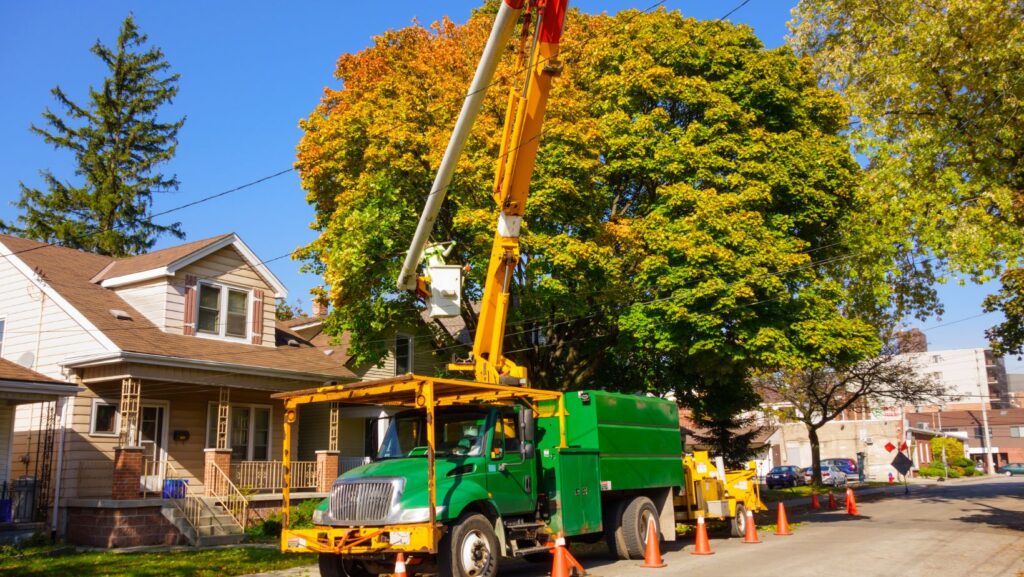
Deep excavation projects demand precision. From structural integrity to safety compliance, there’s little margin for error. But amid discussions around shoring systems, dewatering, and scheduling, one foundational aspect is often treated as an afterthought — the pre-excavation soil investigation. It’s this step that sets the stage for everything else.
Failing to properly assess the underlying conditions can lead to serious delays, cost overruns, and structural risks. That’s why smart teams incorporate auger drilling at the earliest stage, using it not just as a formality, but as a decision-making tool to guide both design and execution.
Why the Soil Below Should Shape the Plan Above
Every site looks stable — until you dig. What lies beneath can vary drastically within even a few metres: hard rock, soft clays, water tables, or loosely compacted fill. Without clarity on these layers, assumptions take over. And in excavation, assumptions are expensive.
When teams don’t account for variability, they run the risk of over-designing support systems or, worse, underestimating loads and failure points. Ground movement, wall collapse, and equipment damage are just a few of the potential outcomes when the geotechnical reality is ignored.
When Engineering Meets Reality
Plans that seem sound on paper often fail in the field due to unpredictable ground behaviour. Engineers rely heavily on accurate soil data to determine:
- Appropriate excavation depth and slope angles
- The need for (and type of) temporary support systems
- Load-bearing capacity for heavy machinery or crane pads
- Settlement risk for adjacent structures or utilities
If soil conditions are softer or wetter than expected, every part of the plan — from timeline to materials to methodology — can unravel fast.
Early Investigation Pays Off (Literally)
Incorporating thorough geotechnical testing early in a project does more than just tick a compliance box. It delivers critical insights that allow teams to:
- Select the right equipment for the job
- Identify potential hazards before they become real problems
- Minimise contingency budgets through informed decisions
- Secure permits and approvals faster with clearer documentation
Auger-based methods, in particular, offer a relatively low-cost, low-disruption way to explore soil layers before excavation begins. They’re fast, portable, and ideal for both urban and remote projects.

Common Oversights That Cause Big Delays
Even experienced crews sometimes overlook essential ground-related issues. Here are a few that frequently cause trouble:
- Inadequate borehole spacing: Taking one or two samples across a large site can give a dangerously false impression of uniformity.
- Skipping groundwater assessment: Water intrusion can destabilise walls and flood pits. Knowing the water table level — and how it fluctuates — is essential.
- Assuming ‘clean fill’ is actually clean: Historical dump sites or reclaimed land may hide voids, contaminants, or buried debris.
- Not updating old reports: A soil report from 5 or 10 years ago doesn’t reflect current conditions, especially in high-growth or flood-prone areas.
Building a Culture of Subsurface Awareness
Construction teams are often excellent at planning above-ground logistics, but subsurface work is where hidden liabilities live. Encouraging every member — from estimators to site managers — to think geotechnically helps avoid last-minute surprises.
Creating checklists and SOPs around soil investigation, documenting every test and anomaly, and looping in engineers early in the discovery process can significantly increase your odds of delivering on time and on budget.
It’s Not Just for Engineers
Soil data isn’t only for technical staff. When foremen and project managers understand what’s underfoot, they make better calls on staging, access routes, and equipment loadouts. They also know when to hit pause and call in a specialist — rather than pushing through and risking damage.
This kind of ground-up knowledge improves communication across teams and builds a safety-first culture on site.
Deep Excavation Demands Deep Understanding
There’s a simple truth in excavation: what you don’t know will cost you. And while it’s tempting to jump ahead to the visible progress — the digging, the framing, the pouring — the best-run projects are those that respect the invisible forces beneath them.
Thorough soil investigation isn’t a delay. It’s the very thing that keeps your schedule intact, your structures upright, and your budget from bleeding out halfway through the job.
If your team has been overlooking this phase or treating it like a quick checkbox, now’s the time to rethink that approach. Because the ground will either work with you — or against you.
And the difference starts before the first shovel hits the dirt.
